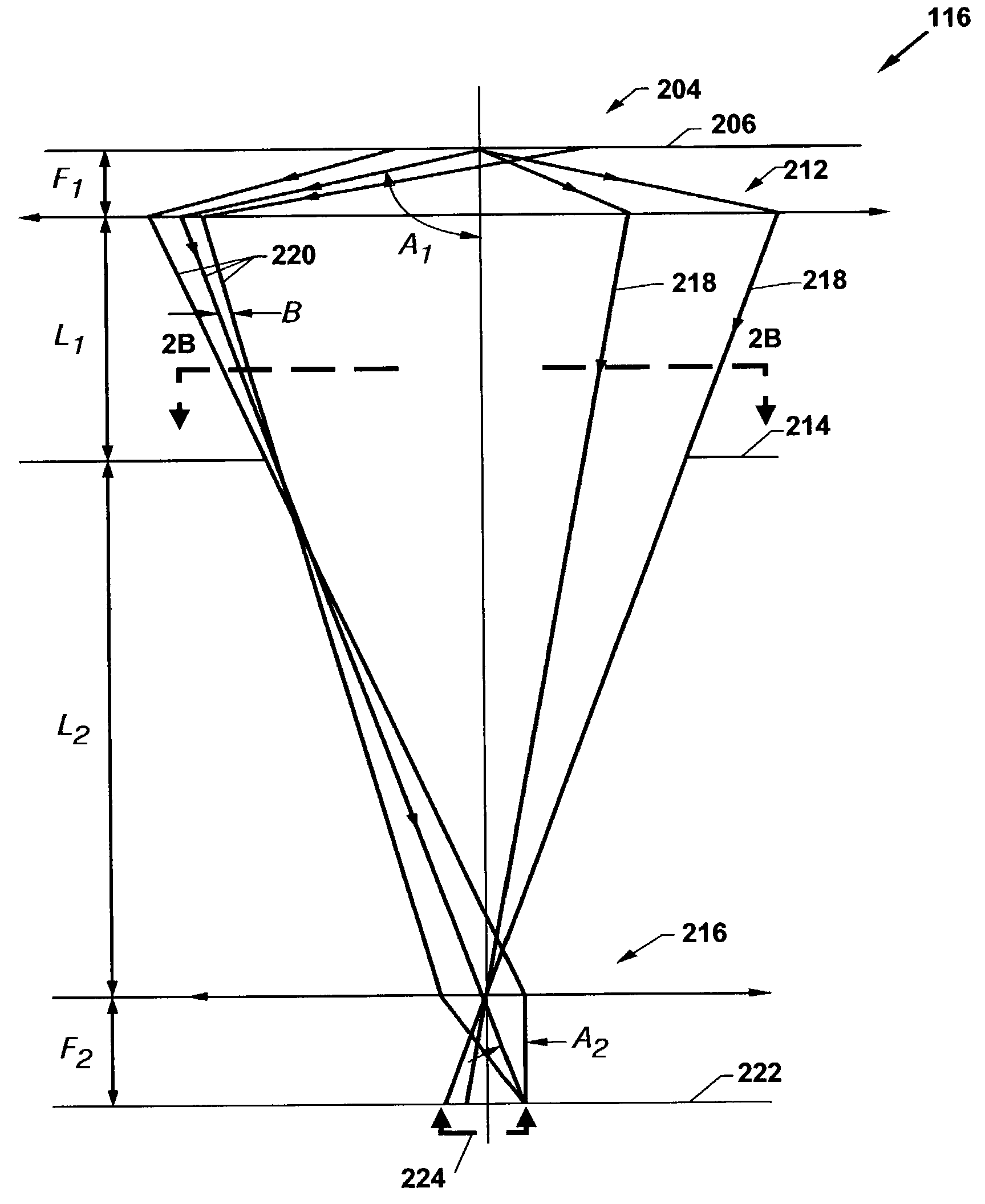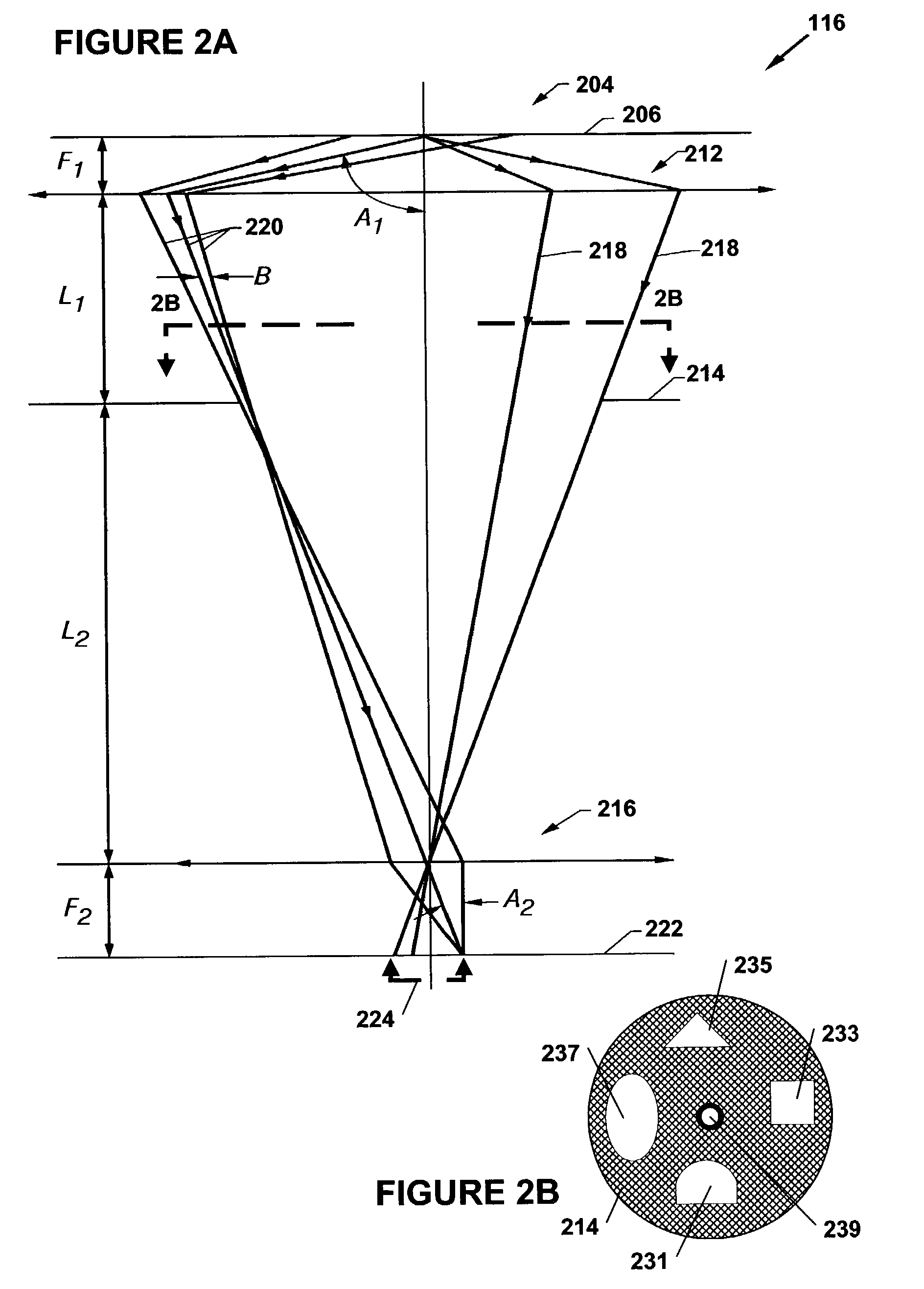Fabrication of three dimensional structures
a three-dimensional structure and micro-structure technology, applied in the direction of vacuum evaporation coating, energy-based chemical/physical/physico-chemical processes, railway signalling, etc., can solve the problems of long processing time for smaller beams, high cost, and the inability to produce beams
- Summary
- Abstract
- Description
- Claims
- Application Information
AI Technical Summary
Problems solved by technology
Method used
Image
Examples
Embodiment Construction
[0025]The present invention provides a way to create three-dimensional microstructures at object surfaces using shaped beams. The structures can be positive (grown on the surface), negative (milled or etched into the surface), or combinations of positive and negative. A shaped beam (e.g., ion, electron, photon) having a known shape and a current (or in the case of light, energy) distribution that is consistent over time is scanned over the surface of a specimen in a controlled fashion to deposit a desired dose array of beam particles over the target surface. In this context, the term “dose array” refers to the number of beam particles (e.g., ions, electrons, photons) impacting each virtual dwell point in an imaginary grid (or array) superimposed over the target scan area. While the term “array” generally refers to a rectangular arrangement of quantities in rows and columns, as in a matrix, as used herein, it is intended for “array” to be construed more broadly. It could be of any sh...
PUM
| Property | Measurement | Unit |
|---|---|---|
| pressure | aaaaa | aaaaa |
| microscopic three-dimensional structure | aaaaa | aaaaa |
| area | aaaaa | aaaaa |
Abstract
Description
Claims
Application Information
 Login to View More
Login to View More - R&D
- Intellectual Property
- Life Sciences
- Materials
- Tech Scout
- Unparalleled Data Quality
- Higher Quality Content
- 60% Fewer Hallucinations
Browse by: Latest US Patents, China's latest patents, Technical Efficacy Thesaurus, Application Domain, Technology Topic, Popular Technical Reports.
© 2025 PatSnap. All rights reserved.Legal|Privacy policy|Modern Slavery Act Transparency Statement|Sitemap|About US| Contact US: help@patsnap.com



